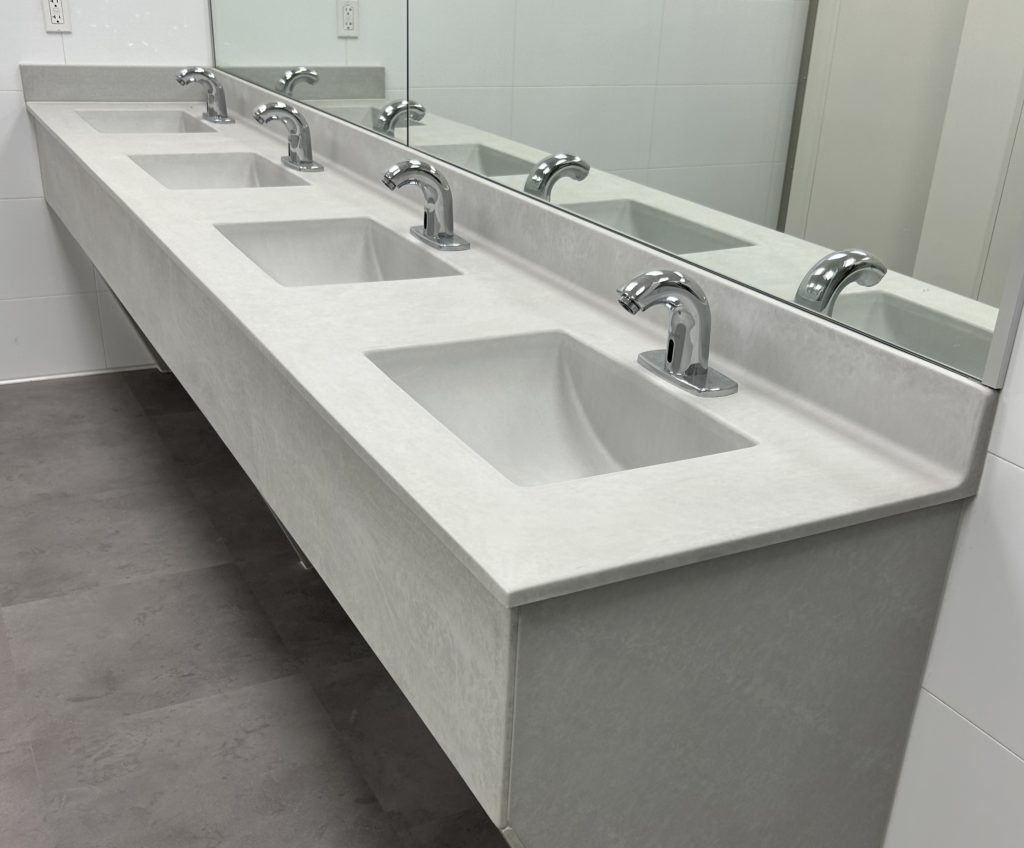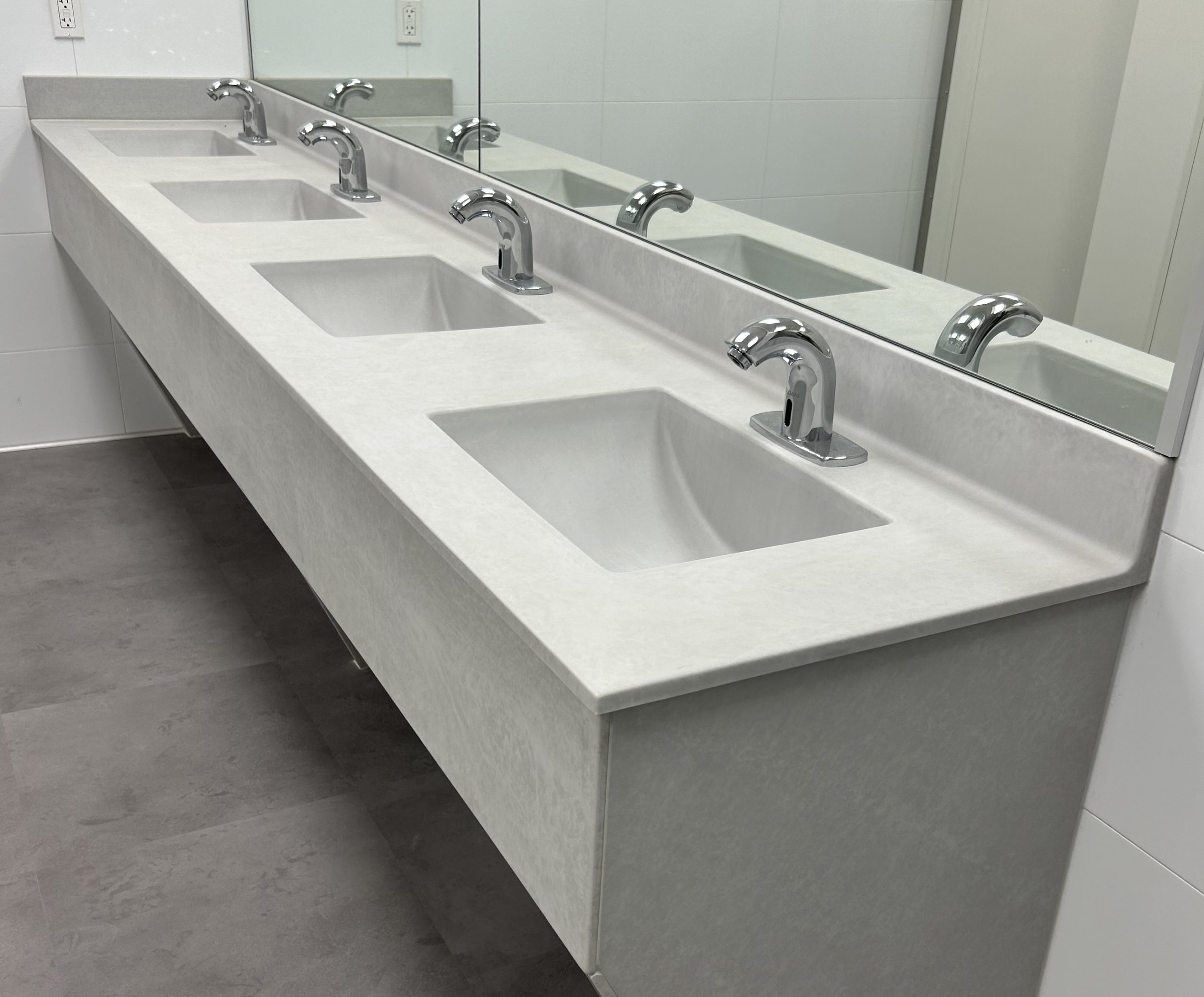
Marble has graced grand cathedrals, elegant kitchens, and serene spa spaces for centuries. Therefore understanding where marble comes from can guide you toward the ideal choice for your project. In this post, we share practical insights into imported and domestic marble sources. We focus on material characteristics, cost factors, and long term considerations. Above all, our aim is to help you make informed decisions without fluff.
Marble’s journey begins deep beneath the earth’s surface. Subsequently geological forces compress limestone into the crystalline structure we value today. Source location influences color patterns, texture consistency, and rarity. Consequently marble from different regions can vary widely in appearance and performance.
Domestic marble often comes from quarries within North America. In the same vein these sources tend to offer shorter lead times and lower transportation risk. For instance Indiana marble exhibits warm cream tones with subtle veining. At the same time Vermont marble brings cooler grey hues and tighter grain. Domestic marble typically presents more uniform slabs with fewer sudden color shifts. Above all this consistency benefits precise installations.
Imported marble hails from regions such as Italy, Turkey, and India. As a result you might encounter dramatic veining, bold contrast, and exotic color blends. Carrara marble from Italy features light grey veins on a soft white base. In contrast Indian green marble surprises with deep jade patterns and shimmering flecks. Imported marble can introduce unique visual appeal that stands apart from local varieties. However remote quarry locations can pose logistical hurdles.
Value transcends sticker price. Therefore it’s vital to weigh aesthetics, performance, and maintenance over the life of your installation.
Domestic marble often offers consistent density and predictable porosity. Consequently sealing schedules and cleaning plans become easier to manage. Imported marble may vary in hardness depending on regional formation processes. For example some exotic varieties can resist etching better than standard domestic slabs. At the same time they might require specialized sealers to protect against staining. Knowing your marble’s moisture absorption rate helps you budget for maintenance.
Marble trends ebb and flow over the years. For instance white marble with subtle grey veins has remained a classic choice. In addition many designers now embrace bolder imported varieties as focal points. For example dramatic black and gold patterns from select quarries add instant impact. Yet such imports can feel overwhelming in smaller spaces. Therefore balancing visual drama with room scale ensures a harmonious result.
Upfront cost matters. However long term expenses often tell the real story.
Domestic marble benefits from shorter haul distances and simpler shipping protocols. Consequently fewer delays and lower freight fees apply. Imported marble travels by sea and road, making it more susceptible to customs holdups. As a result insurance and handling expenses can add significantly to overall cost. Planning for lead time buffers avoids installation hold ups.
Long term value includes environmental impact. Domestic quarries often operate under stricter environmental regulations. Similarly you support local economies when you choose nearby sources. In contrast importing marble involves higher carbon emissions from transportation. Additionally some overseas quarries may not follow sustainable extraction practices. Therefore asking suppliers about quarry reclamation programs can reveal hidden costs.
Selecting marble involves weighing visual goals against practical realities.
First assess room size, lighting, and adjoining finishes. Above all light colored domestic marble can enlarge compact areas. Similarly large format imported slabs may overwhelm cozy bathrooms. In the same vein bolder imported patterns shine in open living areas and commercial lobbies. We recommend testing full size samples on site under different light conditions.
To keep marble looking its best over decades consider proactive sealing schedules. For example apply a penetrating sealer every twelve months in high traffic zones. Similarly use pH neutral cleaning solutions to preserve surface integrity. Above all avoid acidic cleaners that can dull polish and cause etching. In addition invest in felt pads under furniture legs to prevent scratches.
Most articles discuss visible veining and color. In addition we recommend asking for vein mapping data from your supplier. Vein mapping provides a top down illustration of crack propagation and refraction patterns. Therefore installers can plan cuts that avoid weak zones and maximize dramatic veins. As a result your finished surface feels stronger and displays veining where you want it most.
As a marble manufacturer focused on quality and consistency we invite you to view our full range of available materials. Whether you prefer classic domestic tones or exotic imported varieties you can find detailed specifications in our marble product catalog.
Selecting marble can feel complex. Therefore we offer tailored project consultations to align material choice with your vision and budget. For personalized advice please request a marble consultation today.
Domestic marble tends to have more consistent density which makes sealing and cleaning schedules predictable. In contrast imported varieties may require specialized sealers and slightly different cleaning solutions depending on porosity and mineral composition.
Place a full slab sample on site and observe at various times of day. Daylight reveals true hues while artificial light shows how the surface performs at night. For small spaces test multiple angles to catch shifting reflections.
Imported marble generally carries higher shipping and handling fees. However rare domestic quarry runs can also command premium pricing. Therefore cost varies by rarity and logistical complexity rather than source alone.
Ask suppliers about ISO environmental management standards and quarry reclamation programs. Domestic sources often have third party audits. For imports inquire about carbon offset initiatives and sustainable extraction protocols.
Vein mapping greatly reduces the risk by highlighting natural fracture lines before cutting. Although it cannot guarantee zero fissures it allows installers to plan cuts in stronger zones and avoid problematic areas.

* Excluding Long Weekends